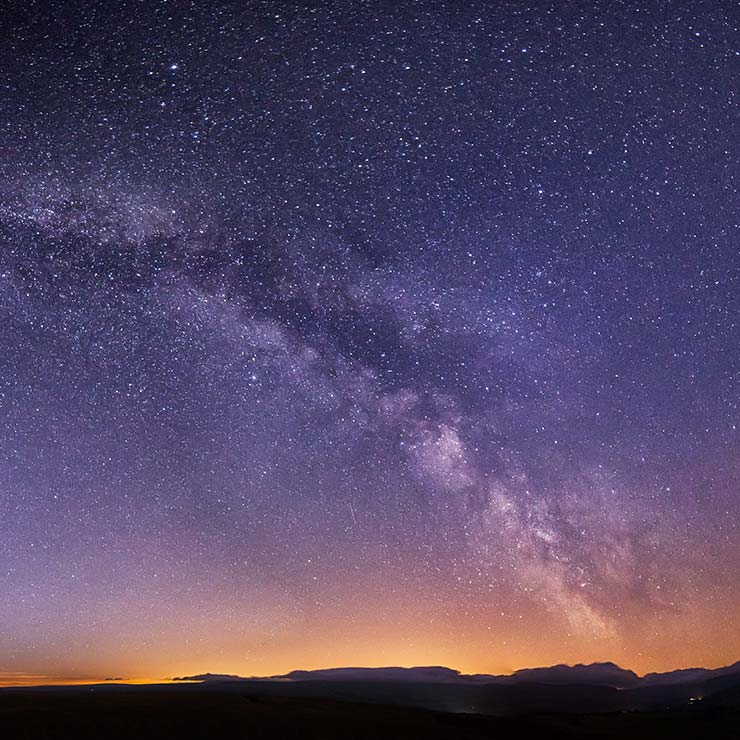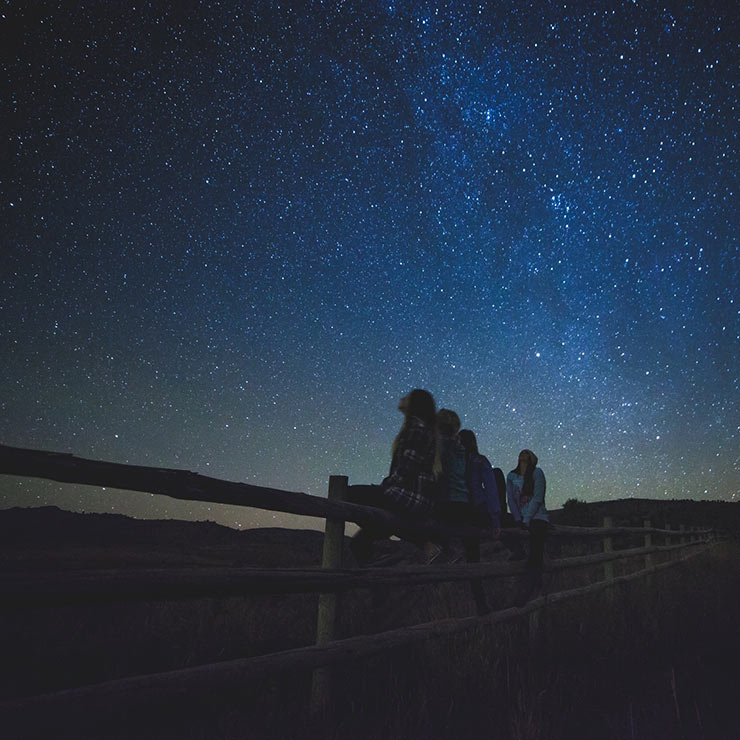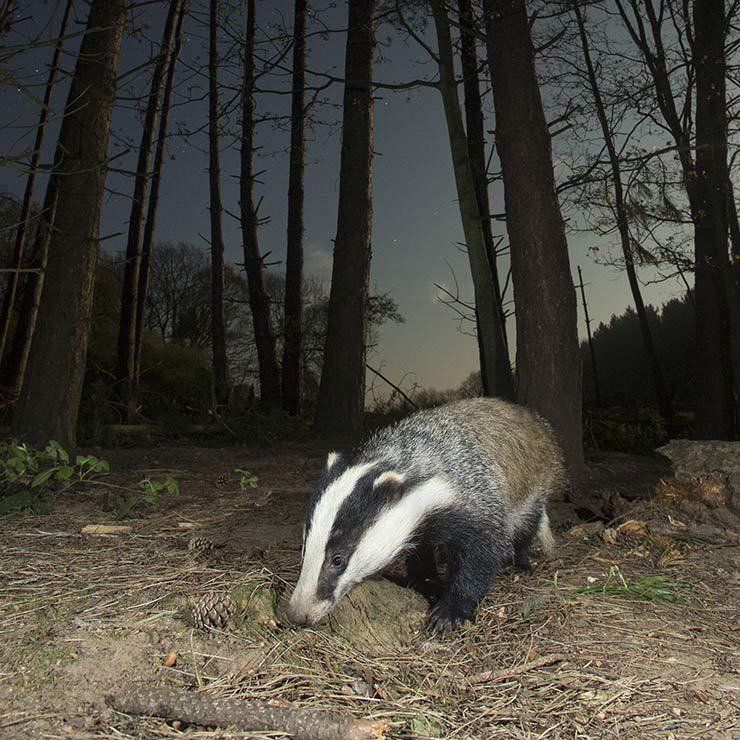Sunrise and Sunset
The clean air and majestic landscapes of Wales make an idea setting for the beautiful red and orange colours of a sunrise or sunset.
What could be a better start to the day than to get up to the sounds of the dawn chorus and be greeted by golden glow sunbeams? Then at the other end of the day, watching the sun slowly disappear as it settles gently into the timeless landscape? There are many settings in the National Parks whose breath taking beauty is made even more amazing as dawn rises and dusk settles around the wonders of the night. The orange glow of dawn and the fiery embers of dusk are a great opportunity to consider the bigger pictures of life and our place not just on this world but also the wider universe.
Sunrise and sunsets are magical, romantic, invigorating and give us a unique sense of belonging in a bigger universe. Although the sun appears to "rise" and “fall” in the horizon, it is actually the Earth’s motion that causes the sun to appear and disappear. The illusion of a moving sun is so convincing that most cultures had mythologies and religions built around the geocentric model, this being that the sun revolved around the Earth, and in the west this belief prevailed until astronomer Nicolaus Copernicus first formulated the heliocentric model in the 16th century.
There is a unique sense of peace that accompanies the rising and setting of the sun. these times provide special opportunities to enjoy both the sights and the sounds of nature. Photography, painting, wildlife watching will all offer new opportunities at these times of the day. When thinking of finding amazing places to watch the golden globe rise and fall – remember to look east for the rising sun and look west into the sunset.
Photographers often talk about the magic hours, that special time just after sunrise or just before sunset. Two special things happen to the sun’s light; firstly it gains golden warmth with wonderful red and orange tones and, secondly the low angle of the sun emphasises forms and textures in the landscape.
Sunlight at these times has a special quality, with the low orange light wonderfully vivid yet shadowy - transforming landscapes and illuminating hidden gems. The colours of the sunset and sunrise are as they are because of the angle of the sunlight as it meets the earth’s atmosphere. As a ray of white sunlight travels through the atmosphere, some of the colours are scattered out of the beam by air molecules and airborne particles, changing the final colour of the beam the viewer sees. Because the shorter wavelength components, such as blue and green, scatter more strongly, these colours are preferentially removed from the sunbeam. At sunrise and sunset, when the path through the atmosphere is longer, the blue and green components are removed almost completely, leaving the longer wavelength orange and red hues seen at those times. The remaining reddened sunlight can then be scattered by cloud droplets and other relatively large particles to light up the horizon red and orange. Sunset colours are typically more brilliant than sunrise colours, because the evening air contains more particles than morning air.
You may also be interested in...

Shooting Stars and Comets
On a clear night, gaze up at the sky for long enough and, you will see shooting stars and maybe even spot a comet.

Night and Twilight Walks
Be tempted into the dark by moon beams and starlight, grab your coat and put a toe into the into the twilight zone

Badger Watching
Experience the amazing sight of badgers emerging into the dusk from their setts, foraging for food and playing in the moonlight.
